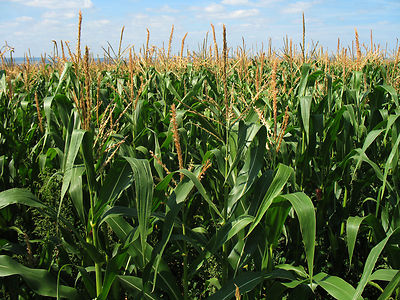Thursday, July 25, 2013 - The July 22nd USDA "Crop Progress" report indicates that crop conditions are  worsening again. Between drought and flooding, 11 percent of the nation’s corn is in poor or worse condition – up from 9 percent the previous week. Soybean conditions, however, remain unchanged.
worsening again. Between drought and flooding, 11 percent of the nation’s corn is in poor or worse condition – up from 9 percent the previous week. Soybean conditions, however, remain unchanged.
With 79 percent of corn in Kansas under drought conditions, 30 percent is listed in poor to very poor condition.
Other states are fighting too much rain. Over the past 2 months, Iowa has seen 90 to 150 percent of normal rainfall, with 14 percent of corn in poor to very poor condition.
_______________________________
ABC Comment:
Crops that are stressed or grown on soils of low or unbalanced fertility generally suffer from low ‘brix’ or low sugar content. It is a law of nature that crops with low brix are prone to insect attack. The insects acts as "censors of nature" to eliminate or recycle damaged crops that do not come up to nature’s high standards.
Violating the old "don’t kill the messenger of bad news" rule, the response of conventional agriculture is to try to rescue the crops by using toxic rescue chemicals to ‘kill the messenger,’ or in this case the insects.
It is evident that the stressed crops in many areas are being deluged with insecticide sprays to control insect infestations. While the short term effect may seem beneficial in that the bugs are dead; in the long term, the harvested crop will still be of low nutritive value, saturated with the residual toxic rescue chemicals and possibly even contaminated with residues from previous glyphosate exposure.
Bottom Line:
These damaged and toxic crops will not support health in animals or humans.
